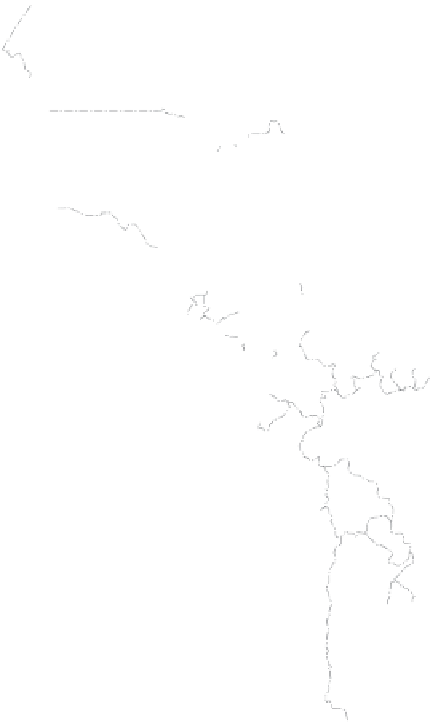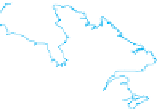Geography Reference
In-Depth Information
GREENLAND
71
U.S.
(Alaska)
6
0
°
CANADA
81
40°
40°
UNITED STATES
78
ATLANTIC
81
BERMUDA
OCEAN
BAHAMAS
71
MEXICO
Tropic of Cancer
77
DOMINICAN
REPUBLIC
PUERTO
RICO
CUBA
20°
78
74
20°
20°
JAMAICA
62
77
79
BELIZE
U.S.
(Hawaii)
68
HAITI
HONDURAS
NICARAGUA
71
71
GUATEMALA
BARBADOS
TRINIDAD & TOBAGO
73
72
74
EL SALVADOR
71
78
PACIFIC
COSTA RICA
PANAMA
78
VENEZUELA
COLOMBIA
SURINAME
74
67
74
FRENCH GUIANA
GUYANA
75
Equator
0°
ECUADOR
76
OCEAN
PERU
BRAZIL
73
73
LIFE EXPECTANCY
AT BIRTH BY
COUNTRY
BOLIVIA
68
20°
20°
20°
PARAGUAY
Tropic of Capricorn
76
75 years or more
ARGENTINA
77
76
CHILE
URUGUAY
78
60-74 years
40°
40°
40°
40°
45-59 years
44 or less
Data not available
160°
140°
120°
80°
60°
40°
60°
60°
60°
60°
SOUTHERN
OCEAN
2000
0
1000
3000 Kilometers
0
1000
2000 Miles
Figure 2.21
Life Expectancy at Birth in Years, 2011.
Data from
: US Census Bureau, International
Database 2011
that erupted in Africa only about 30 years ago, has killed
about 25 million people since that time. These two mala-
dies illustrate two kinds of infectious disease:
vectored
and
nonvectored
.
A vectored infectious disease such as malaria is trans-
mitted by a intermediary
vector
—in malaria's case a mos-
quito. What happens is that the mosquito stings an
already-infected person or animal, called a
host
, and sucks
up some blood carrying the parasites. These parasites then
reproduce and multiply in the mosquito's body and reach
its saliva. The next time that mosquito stings someone,
some of the parasites are injected into that person's blood-
stream. Now that person develops malaria as the parasites
multiply in his or her body, and he or she is a host.
Mosquitoes are especially effective vectors of
infectious diseases ranging from yellow fever (another
historic illness) to dengue fever (a newer disease that is
fast spreading—see Chapter 1). But mosquitoes are
only one kind of vector. Fleas, flies, worms, snails, and
other vectors transmit such terrible diseases as sleep-
ing sickness, river blindness, guinea worm, elephantia-
sis, and numerous others. Tropical climates, where
warm, moist conditions allow vectors to thrive, are the
worst-afflicted areas of the world, but infectious dis-
eases are a global phenomenon.
No disease in human history has taken more lives
than malaria, and the battle against this scourge still is not
won. On the day you read this, about 3000 people will die




























































































































































































































































































































































































